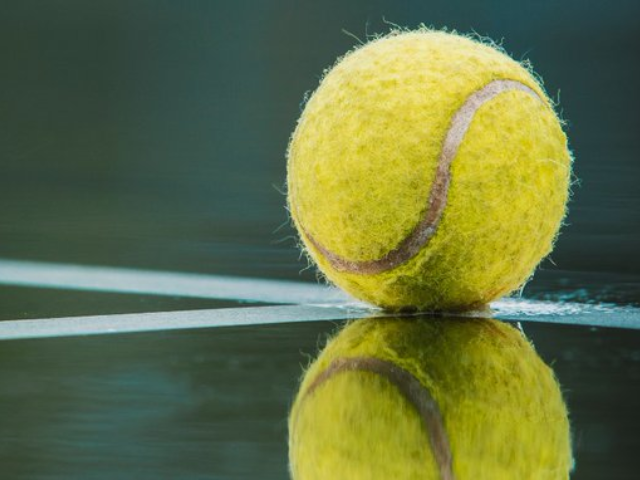[imagesource:theoalberto/x]
Now that Carlos Alcaraz and Barbora Krejčíková have raised their silverware and collected their cheques, the All England Lawn Tennis & Croquet Club has fallen silent and the residents of Wimbledon can once again find parking in the street.
But what happens to the other superstars of the world’s most prestigious tennis tournament, the balls?
While the players are undoubtedly the main attraction of the tournament, everyone had their eyes glued to those little yellow (or is it green) balls getting moered back and forth, so in a way, they got more attention than the players. And there were a lot of them at Wimbledon.
Approximately 55,000 balls are used during the tournament, all supplied by the Dunlop Slazenger Group, and they are subjected to strict competition rules, with players also required to adhere to the guidelines around balls at all times.
Players are allowed to check a maximum of four balls before serving to assess for smoothness and firmness, with even slight deviations to the surface of the ball affecting its contact with the racket, its flight, and the risk of it clipping the net.
The balls are changed after the first seven games of a match and then after every nine games, in accordance with tournament regulations. The umpire will call for “new balls, please” when it’s time to change them, at which point you might also see players change rackets. In total, 48 tins of balls are taken onto each court every day, with every ball kept in refrigerated conditions to ensure they remain at 20°C until matchtime.
Used balls are collected by the 250 ball boys and girls and kept by Wimbledon organisers until each match day has reached its conclusion. As an unspoken rule, even balls that are hit into the crowd are usually expected to be returned.
After the tournament, used balls are sold by the Wimbledon Foundation for £2.50 (R60) for a tin of three, or six balls for £5 (R120), depending on availability. All earnings benefit the foundation’s humanitarian projects, with unsold used balls given and recycled in the weeks and months after the event.
Some of the balls are also recycled for their rubber, which may be used to create new floor coverings for indoor tennis courts and other sports training facilities.
One of our favourite uses for the balls, unfortunately no longer done, was donating them to the UK Wildlife Trust which used them as tiny homes for harvest mice.

[source:sportingnews]





